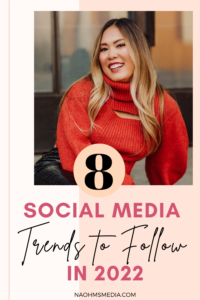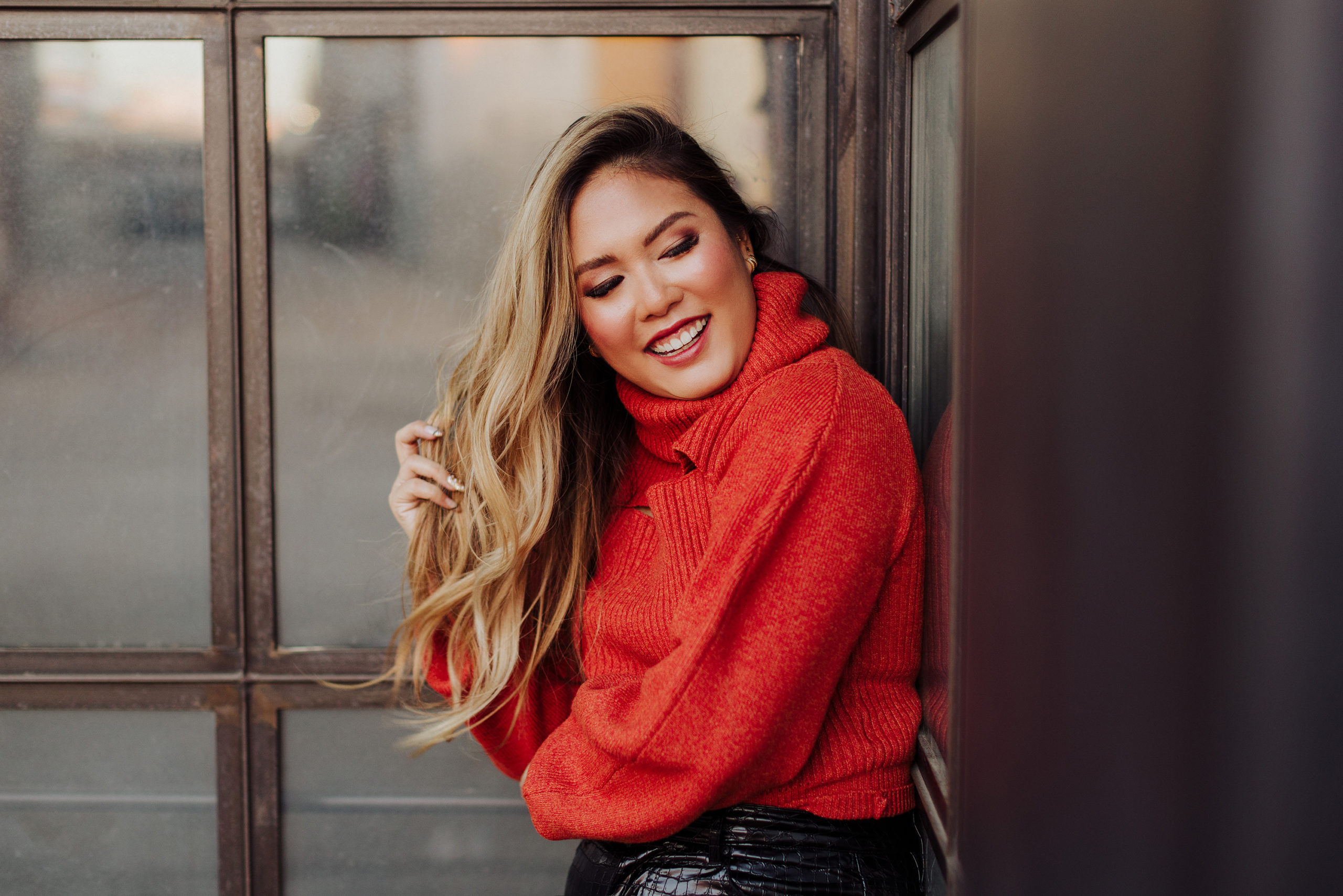
category
8 Social Media Trends That Will Dominate 2022
It’s not an exaggeration to say that social media use has become an integral part of our everyday lives. About 4.55 billion people around the world use it on a daily basis and it has become such a huge part of our daily routines that going into 2022, brands and businesses are focusing efforts on social media and influencer marketing more than ever before.
As an influencer or creator, it’s important to stay up to date and create a strategy around the ever changing social media trends to help you stand out, create original and authentic content, and build a community – especially if you are looking to take your influencer hobby to career. I can help you with that! But first, let’s take a look at the social media trends to have on your radar this year.
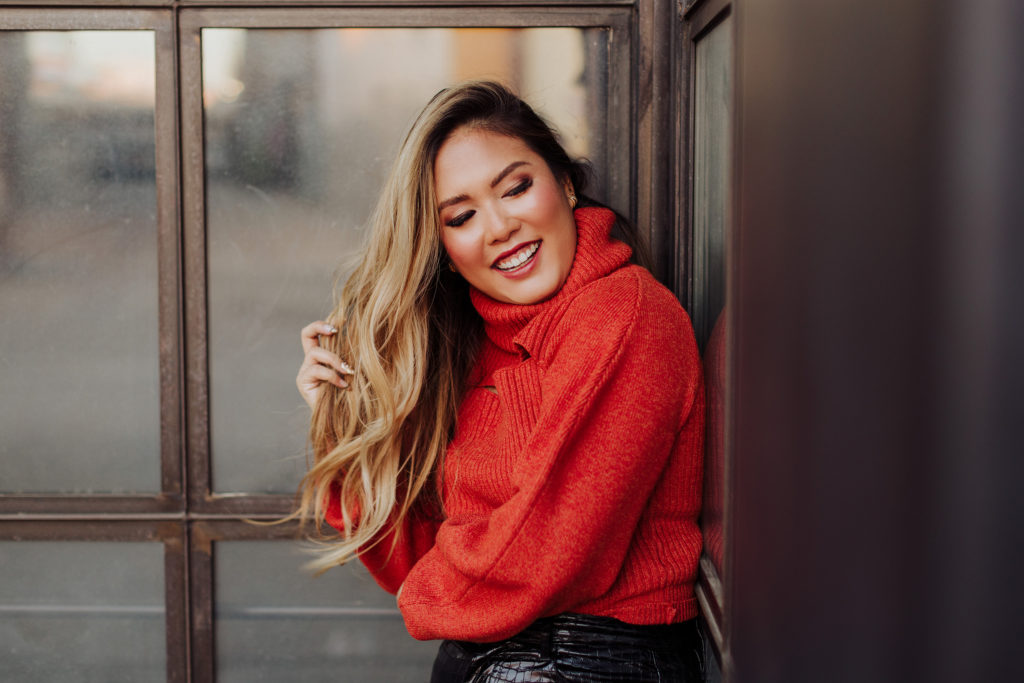
Last Year’s Social Media Trends
Some of the influencer trends we saw last year are continuing into this year, particularly surrounding video content, shareable content, and brand collaborations and partnerships. Other social media trends from 2021 such as influencers and creators diversifying their platforms will take a different approach, while trends such as having user-friendly content and focusing on quality over quantity should be part of your regular content strategy.
8 Social Media Trends For 2022 and Beyond
1. Video Content Will Continue To Be A Priority
One social media trend that will continue from last year is the increase in video content. According to a Cisco study, 82% of online content by 2022 will be through videos. In 2021, video content rapidly became a priority most popularly through Instagram Reels. And Instagram is continuing to prioritize it by rolling out features like paying creators through bonuses, adding the “reply to comment” feature, and allowing for longer Reels – up to 60 seconds, and more!

Video memes or moving memes are also increasing in popularity too because when you share it to stories, it’ll play the video. As for long-form video content across social media platforms, we are going to see the rise in more conversational TikToks with creators being able to make videos up to 3 minutes long.
Now more than ever, you need to use video content to grow and stay relevant. Short-form video content can be used for growth and exposure. Long-form video content can be used to nurture your audience.
2. The Power of Carousels With Shareable Infographics & Threads
Another type of content that was often seen in 2021 were Instagram carousel posts with shareable infographics or threads. This social media trend is here to stay. When I posted carousels before, they weren’t getting much reach through hashtags compared to a single post, but I did an experiment on them and found the secret to what works:
The key to performance with carousels is giving people a reason to swipe!
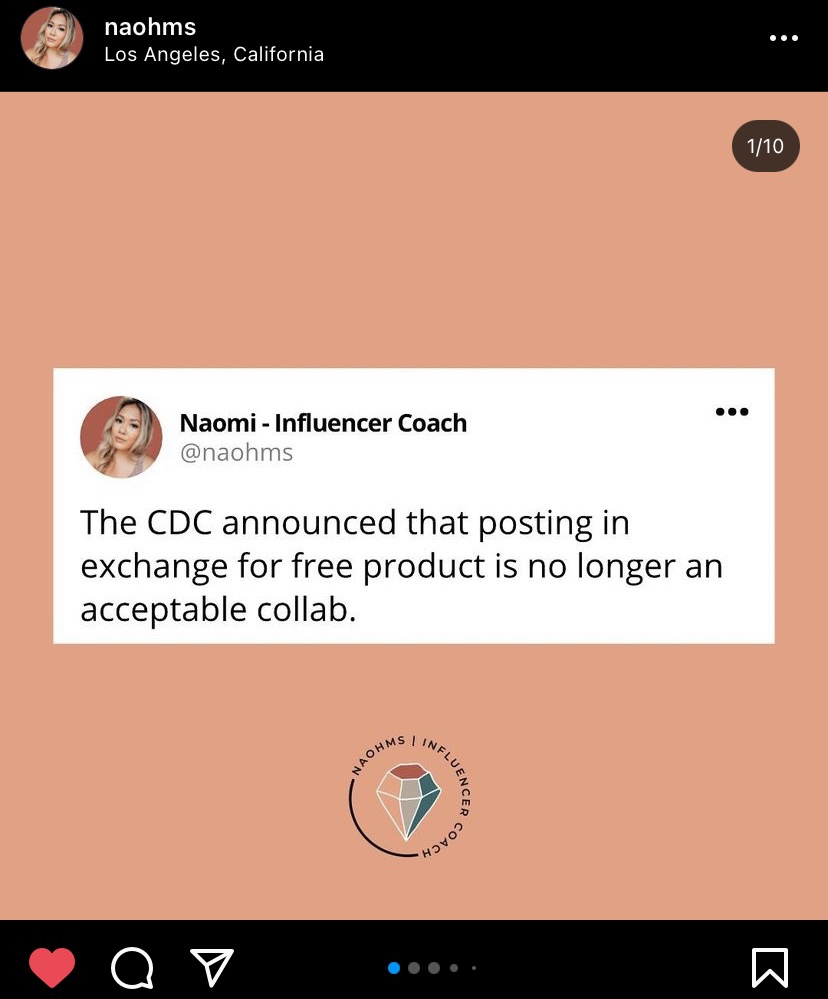
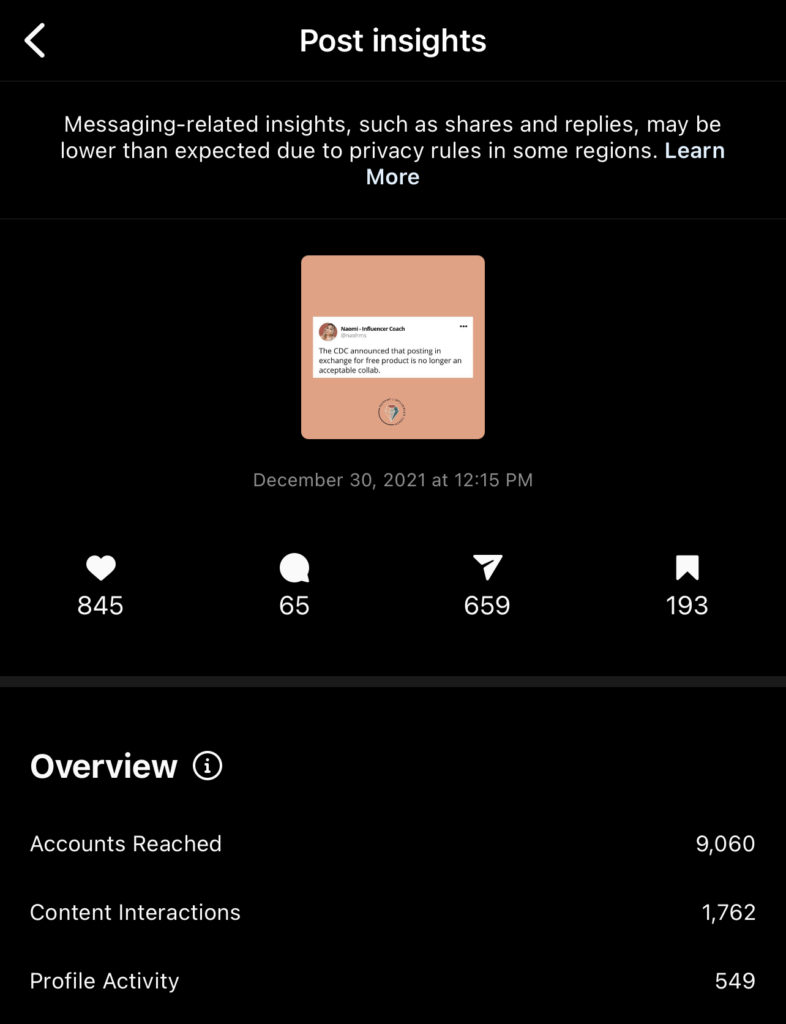
The design of your graphic can even help as well. Simply putting an arrow that directs them to swipe to the next slide will let them know there’s more content for them to consume. People are LAZY, so easy instructions (as stupid as they sound) to make your content as user friendly as possible can help your carousel’s performance.
3. Content-only Collaborations and the Emphasis on User Generated Content for Ads
These days, more brands are focusing on UGC (user generated content) as part of their social media strategy. Brands are finding that organic promotions (aka #ad) don’t perform as well organically when compared to regular content, but incorporating UGC leads to a 20% increase in return visitors. Paid placement and sponsored posts can be limited, reach isn’t being maximized, and it becomes a gamble with the algorithm. So brands are hiring influencers and content creators to create content in place of and in addition to sponsored content on social media (Facebook ads, YouTube, etc.) or streaming platforms (Hulu, Peacock, etc.).
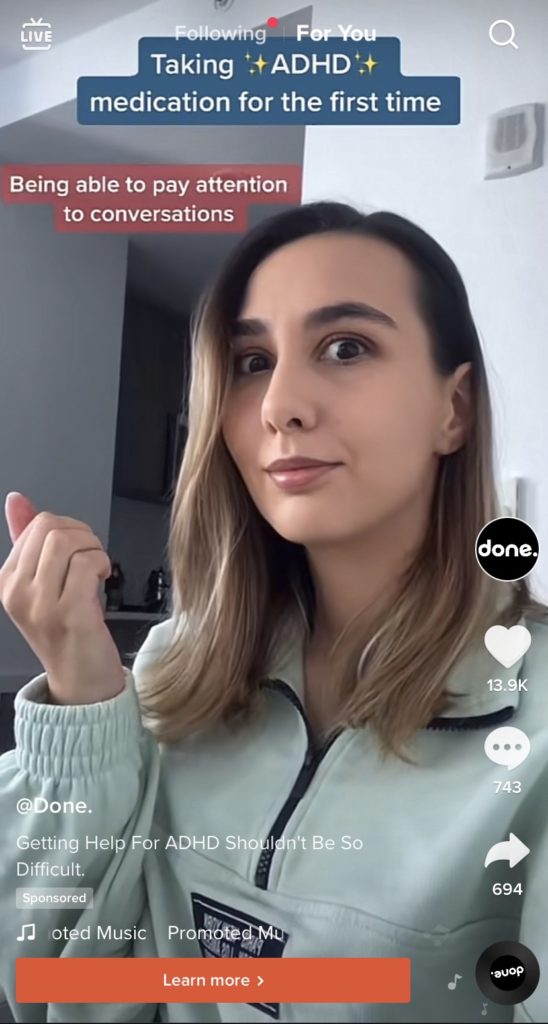
Why are they doing this? Not only can it be more cost effective for them, but because influencers’ likeness and cadence are recognizable, it builds trust. This is super important when 50% of Millenials base their decisions on whether or not to buy something from family and friend recommendations. Therefore, you’ll find more brands whitelisting or hiring content creators to create awesome content for their own platforms this year. It can also be a wonderful avenue for small creators to work with brands because this is irrelevant to your follower count.
4. Long-Term Brand Collaborations and Partnerships
Highlighting the “trust factor” even further when it comes to brand collaborations and partnerships, brands are going to keep re-hiring the same creators they’ve worked with in the past. Since creators can get really creative in how they portray the brand’s message and are becoming more selective about working with brands they actually align with, their originality promotes authenticity which leads to gaining their audience’s trust.
Once a brand has successfully partnered with a creator, the trust with the audience and consumer has already been built which leads to better conversion for the brand. Not to mention, it makes the brand manager’s job easier when they find creators who are professional and easy to work with (ie. on time with deliverables, communicative, minimal revisions, etc.). By hiring the same creators over and over or for long-term partnerships, brands are able to save money and get more deliverables, as well as not have the hassle of researching new creators every time.
Now this doesn’t mean that brands are completely closing their doors to new creators, but this just reestablishes the importance of relationship building when working with brands, as well as your level of professionalism.
5. Creators Utilizing Long-form Content (YouTube, Blogs, Podcasts)
Remember when Instagram, Facebook, and WhatsApp shut down for 7 hours in October last year? It left a lot of people thinking, “What other platforms can I be on in case this happens again?” Influencers and creators have reverted back to or started exploring long-form content outside of social media platforms because they want the opportunity to nurture their audience further. If you haven’t already, consider starting a blog, podcast, YouTube channel, or growing an email list. You can start off by taking advantage of TikTok’s features to create those longer-than-Reels videos that are up to 3 minutes. Or posting longer IG videos.
6. A More Humanized Social Media
If the last couple of years have taught us anything while having to social distance and being apart from others, it’s that we crave real connections. That’s why Clubhouse popped off last year. It offers people a raw experience, not something that is always staged or planned. The popularity of Clubhouse has died down, but the way to continue offering this kind of experience hasn’t.
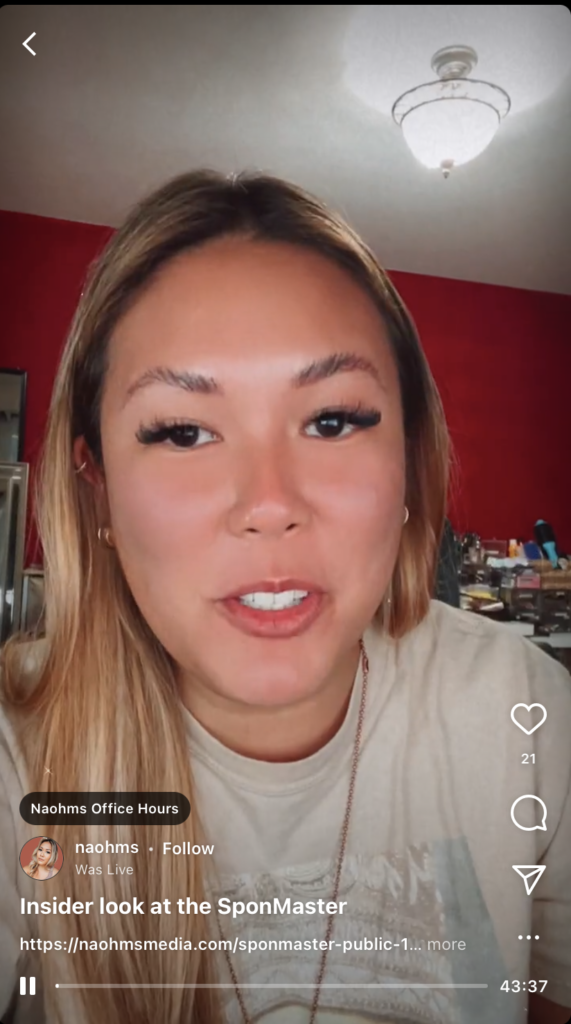
Livestreams are the perfect example of one of the influencer trends you need to work into your content plan. You can go Live on Instagram, YouTube, or Tiktok or you can host a virtual workshop or webinar to create more of those one-on-one types of connections.
With the need for real connections, people have also become more intentional about who they follow, trust, and spend money on (through merch, courses, digital products, etc.). They’re more inclined to respond to influencers and creators that are authentic through more genuine interactions like connecting in the DMs or sending voice notes. And that authenticity is valuable when it comes to brand collaborations and partnerships.
7. Hiring Creators In-House As Experts
Brands are starting to hire creators in-house as industry experts or to create video content that will be the face of the brand. For example, Disney is hiring TikTok creators to work at Disney World to expand their social media presence. Becoming a Social Media Manager, Content Creator, Face Of the Brand, or Brand Manager is a great way for creators to add another income stream.
This is widely seen for video content because it’s natural for creators to do content creation. Brands don’t know how to hop on social media trends like creators do. So they leave it up to the creators to make that kind of content. You can also leverage skills such as creating graphics, community engagement and answering DMs, or content writing.
8. A Rise In Experts and Educators In The Online World
Another social media trend that has been a result of the pandemic is the rise of experts and educators who had offline businesses transitioning to the digital world. An example of this is doctors filming video content to give advice on TikTok or Instagram such as dermatologists offering tips for skincare. They do the work offline as their day job, but have made social media into a side hustle. There’s a rise in this in all industries.
My business manager, Alex, is the perfect example. She used to be the Director of Communications at a well-known tattoo shop, but is now an entrepreneur as an Online Business Manager. Creators who do this don’t need big followings to monetize because they already have a lot to offer.
In fact, platforms are also recognizing this by offering multiple ways for experts to monetize. Instagram introduced LIVE badges and Reels bonuses last year as a way to reward creators and for followers to give back to their favorite creators. This year, they are introducing Subscriptions, where creators are now able to create closed or paid content for their audience directly in app. I’ve also collaborated with Bytedance (the developer of TikTok) in generating digital product lead sales through their livestream feature.
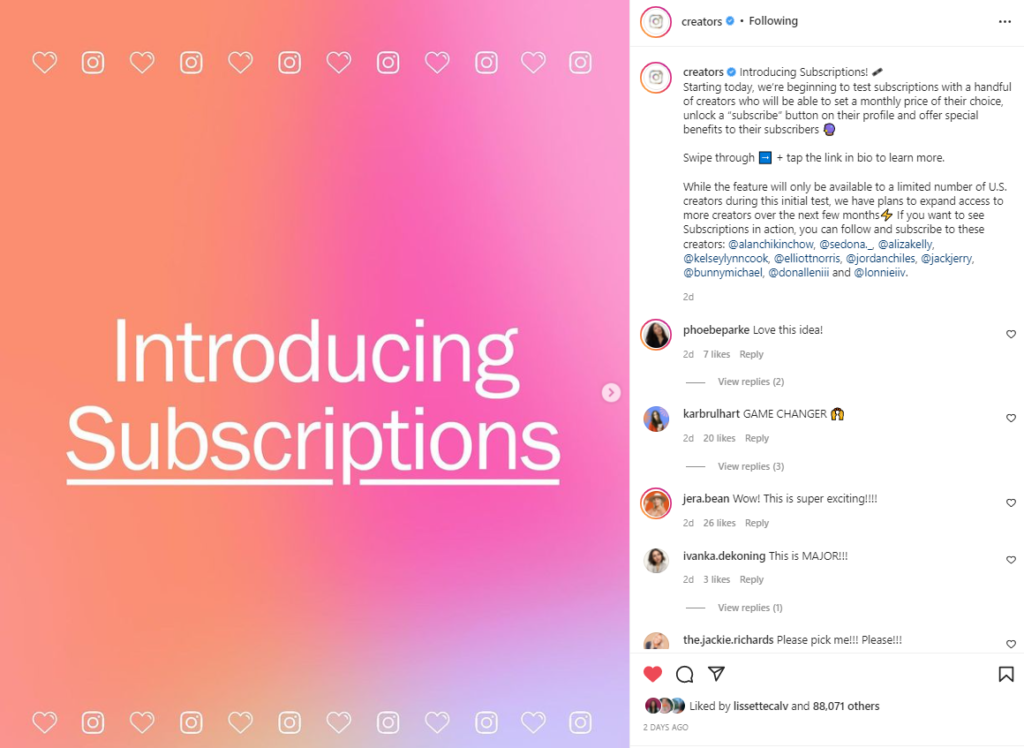
Elevate Your Influence From Hobby To Career
Are you ready to make 2022 THE year for your influencer business? I’ve got some good news for you!
My OUTSIDE YOUR CUBICLE Mastermind starting in February is now open for enrollment!
And it’s bigger and better than EVER!
The OYC Mastermind is a group coaching program that aims to support influencers, creators, bloggers and solopreneurs who are ready to elevate their online influence from a hobby into a career, and to create impact in their sphere of influence. This will help you:
- Find clarity in who you are as a person of influence and who you are serving
- Create a strong content creation strategy that nurtures your community and builds your portfolio
- Master how to monetize your platform: from brand partnerships to diversifying into products and services that reflect your expertise
- Learn the not-so-pretty side of the influencer business that nobody talks about
- Create impact that drives positive change

If you’re ready to level up your influence, apply to the OYC Mastermind here! Spots are filling up, and I wouldn’t want you to stay dreaming about your biz.
SAVE THIS POST!
